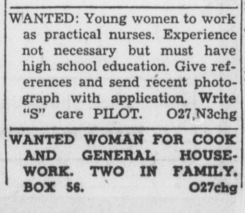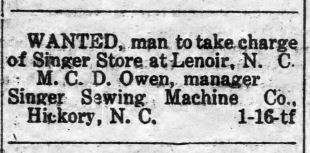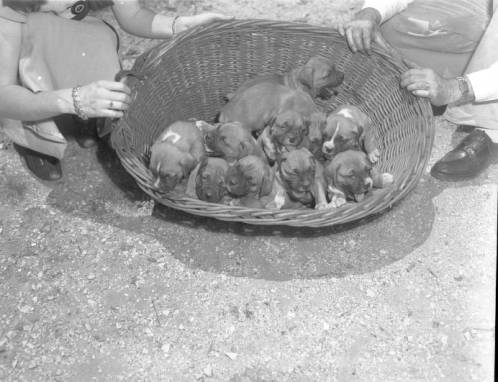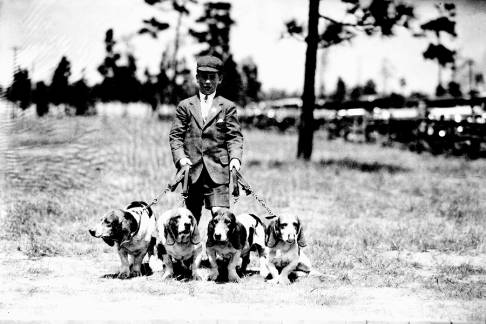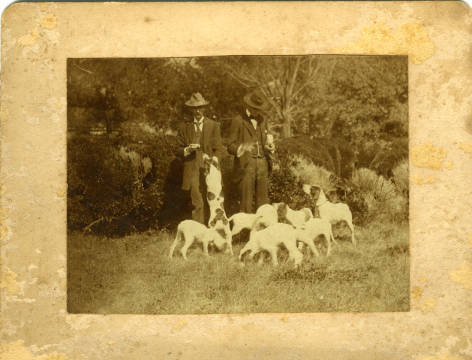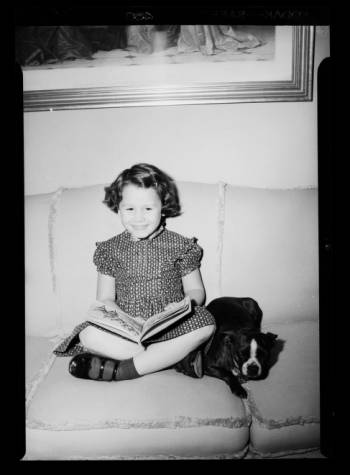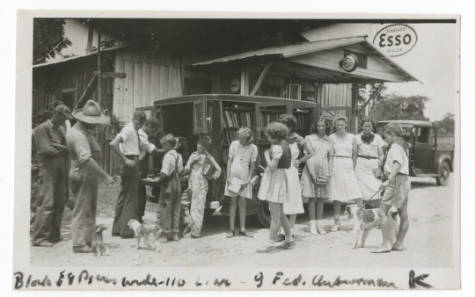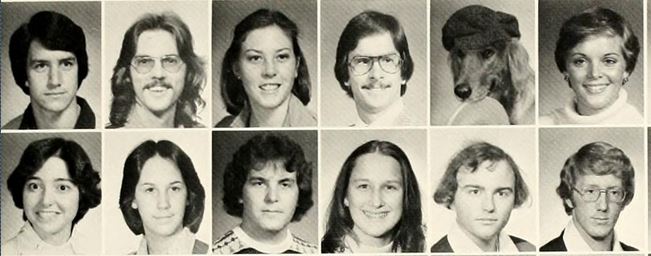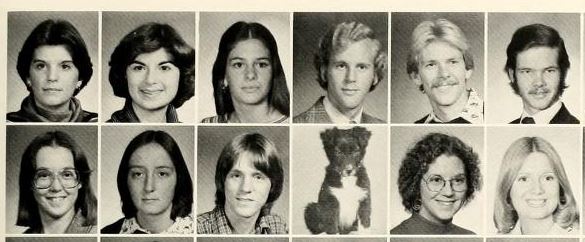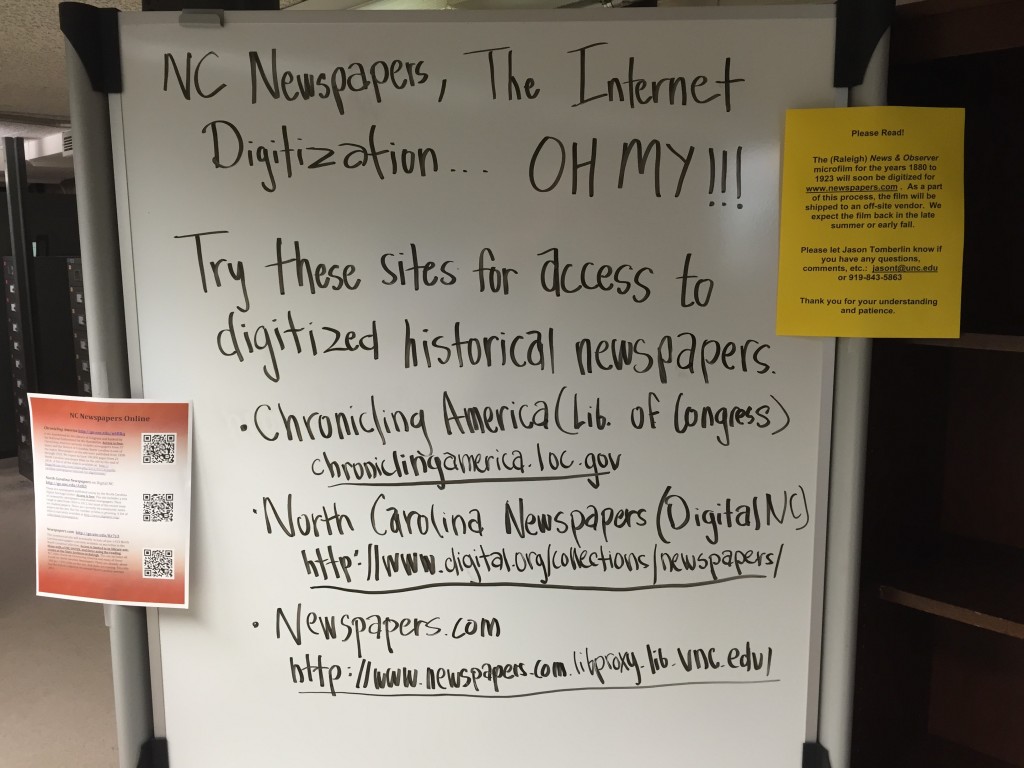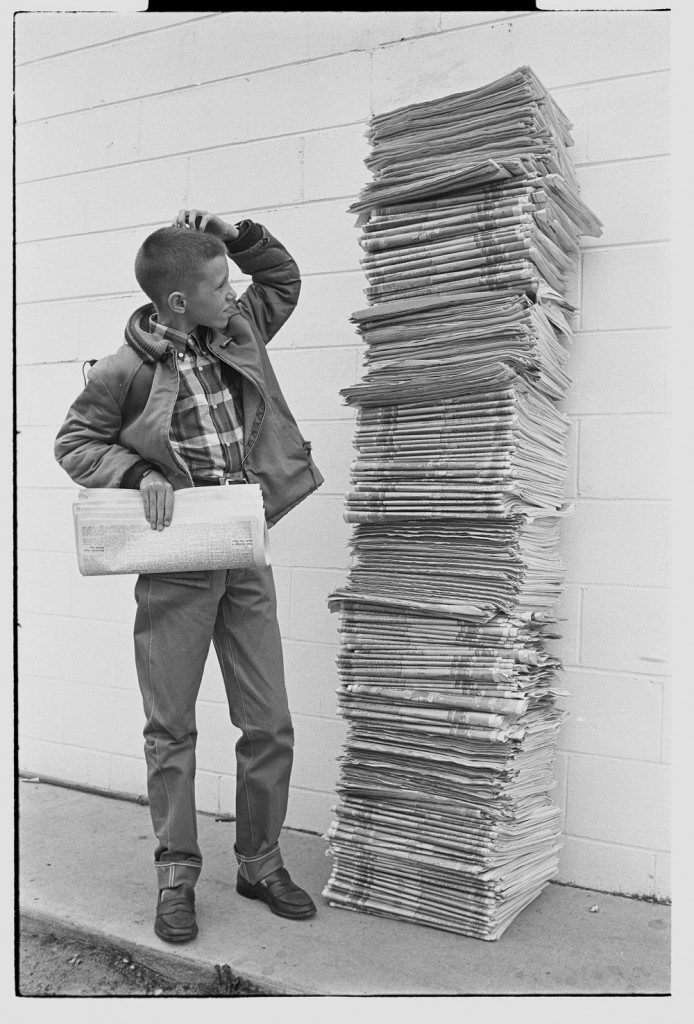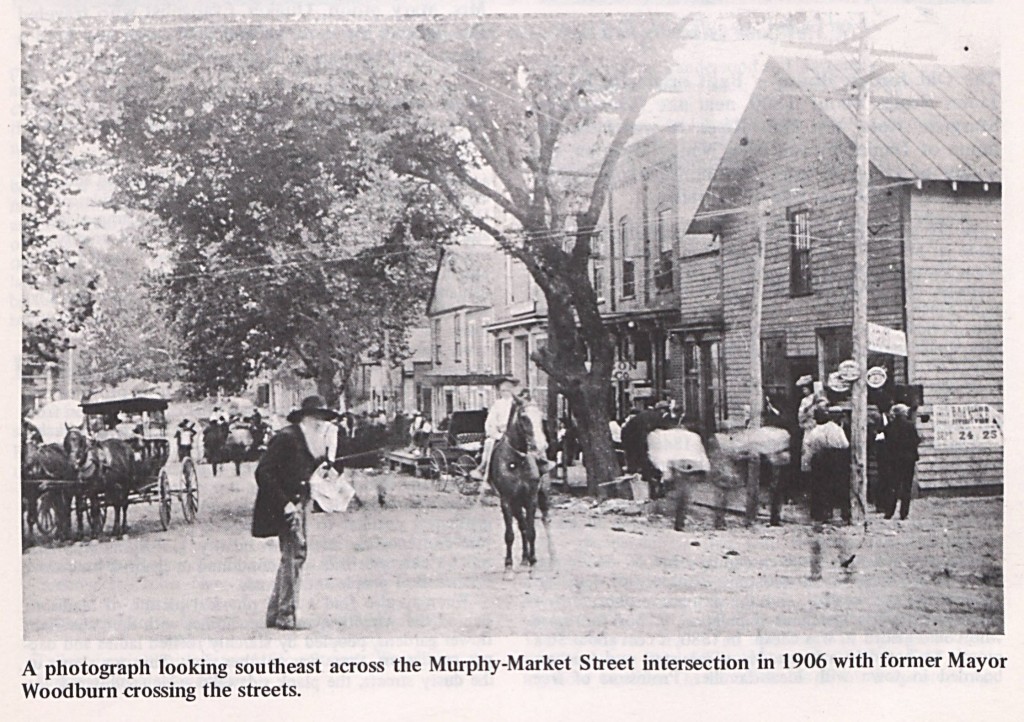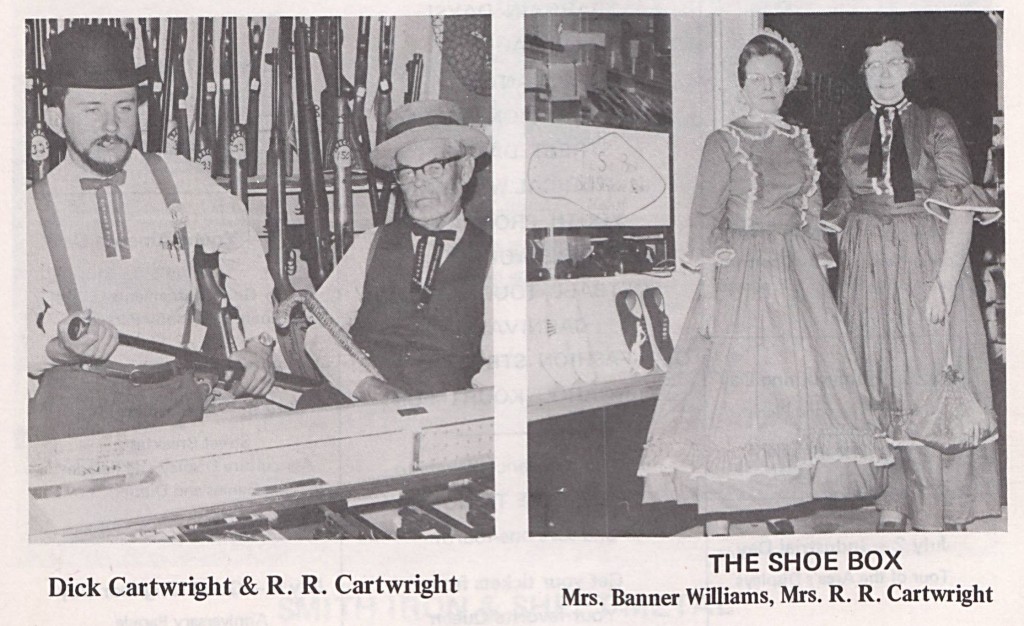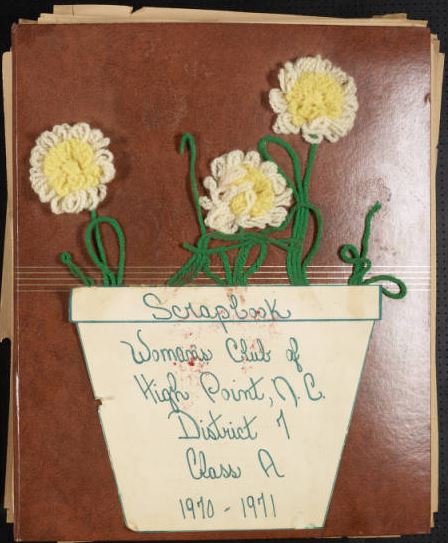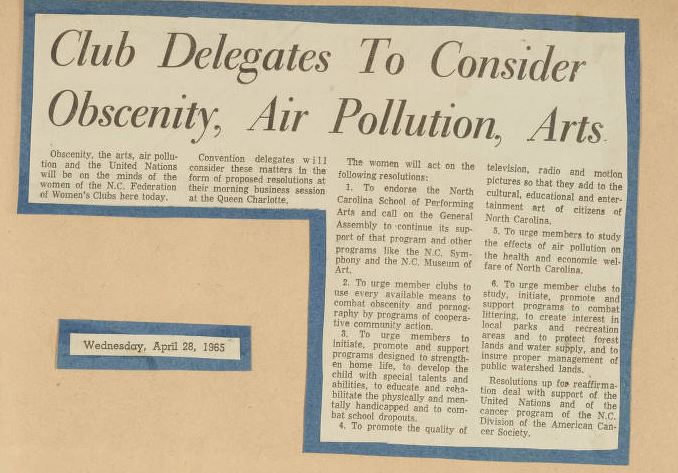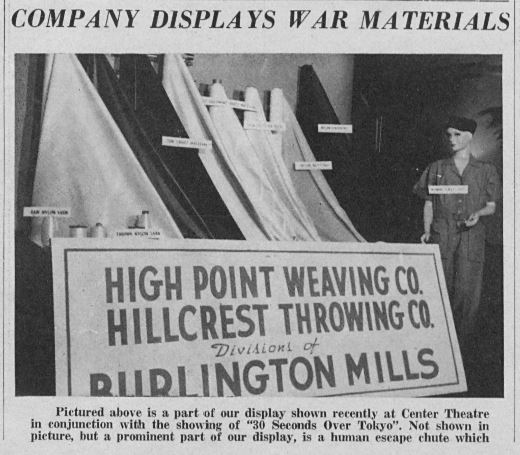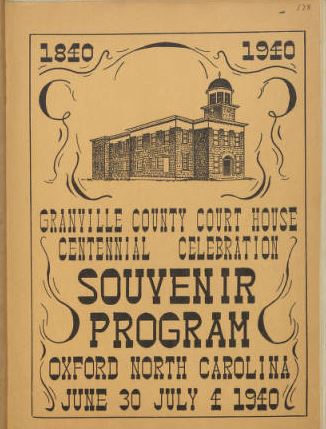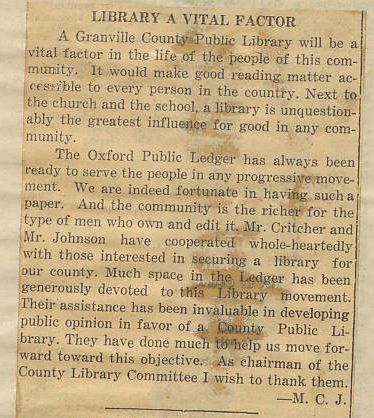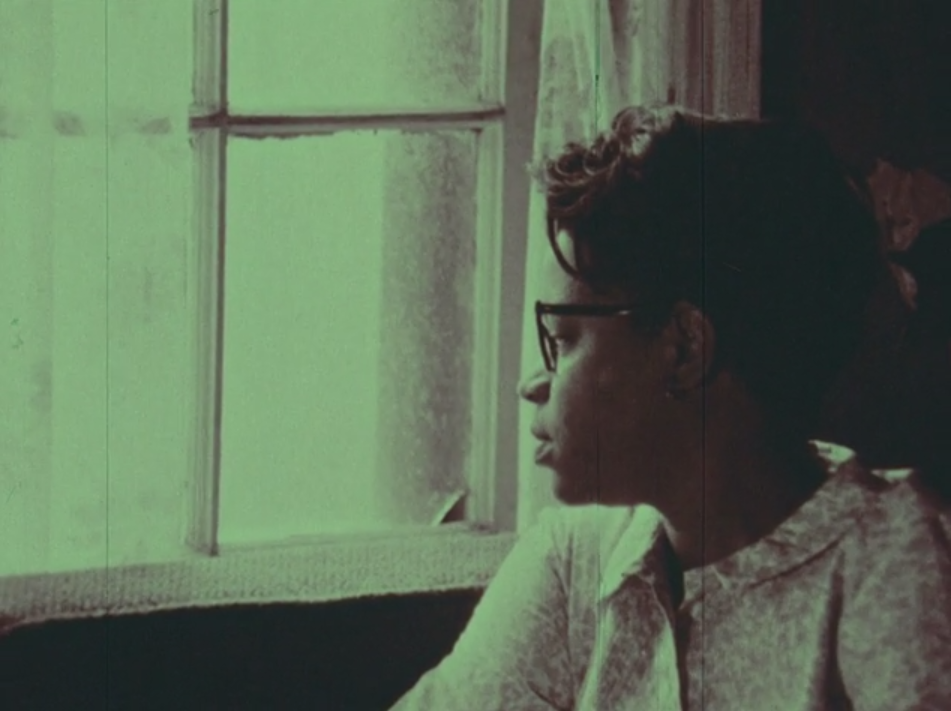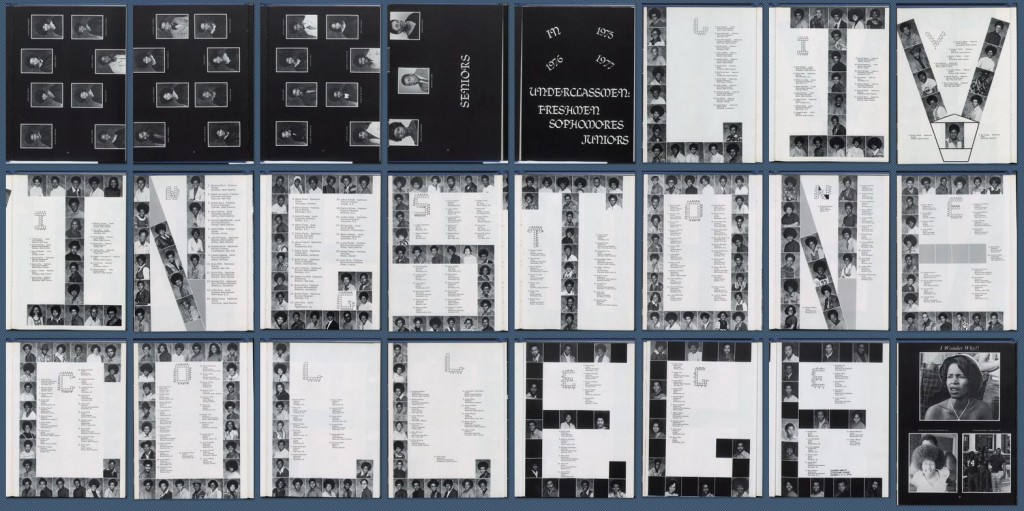At the North Carolina Digital Heritage Center we work on digital projects with cultural heritage institutions around the state. We’ve been at it since 2010 and have completed projects with more than 180 different institutions. In most cases, we provide digital library services, but we also serve in an advisory role, sharing our thoughts and experiences with libraries and museums who are interested in developing their own digital projects. In these conversations, a lot of common themes emerge. There are plenty of guides online talking about best practices for digital projects, and we often refer our colleagues to these, but I thought it would be helpful to share a few essential steps in planning a digital project that I hope will help libraries avoid some of the pitfalls that can lead to incomplete or unsustainable projects.
1. Don’t Worry About Equipment or Specifications (Yet). We see this happen over and over again: a library wants to get started on a digital project and all of the questions we get are related to digitization: What scanner should we buy? What DPI should we scan at? These are important questions that need to be answered, but not at first. There’s no point talking about how materials will be digitized until you know what you’re going to do with the digital files.
2. Before You Do Anything, Figure Out How You’re Going to Get Your Content Online. If digitization is the easy part, this is the hard part. This is what prevents many libraries with limited resources from successfully completing digital projects on their own. Unless you’re scanning materials only for patrons to use in the building, you’re going to need to figure out how to share the digital images and metadata online. This requires access to a content management system (like CONTENTdm or Islandora), a catalog that enables the addition of images or other digitized content (like SirsiDynix Portfolio), a partnership with non-profit hosting service (like the Internet Archive), or a willingness to share library materials on commercial sites (like Facebook or Flickr). Until you know how you’re going to do this, there’s no point in talking about scanning.
3. Before You Do Anything Else, Figure Out How You’re Going to Keep Your Content Online. You put a lot of work into finishing a digital project and getting everything successfully shared online. Naturally, you’re going to want to make sure that it stays online. It is important for librarians — and especially library administrators — to understand that digital projects require a regular ongoing commitment of resources and staff time. Like purchasing a house or a car, the biggest investment might come at the beginning, but there are going to be maintenance costs over time. This is why grant funding cannot be the only answer for funding digital projects. Grants will provide resources for a year or two, but your library has to be willing to assume ongoing costs for keeping the digital project updated and accessible.
4. If You Don’t Have Dedicated IT Support, Use Somebody Else’s. Small libraries and museums are often in a tough position with IT support. Either they have limited support or they have to rely on support from a larger agency (like county government) with many competing demands. Hosting your own digital project is going to require significant IT support. How much? It depends on how large and how complex your project is going to be, but as a rule of thumb I’d say that if you don’t have at least two full-time IT staff members who have experience with digital library projects and who have the time available to support your project, then you’ll need to look outside your institution for help.
5. There’s Nothing Wrong With Letting Somebody Else Host Your Collection. Without substantial IT support, digital projects used to be out of reach for smaller institutions. Not anymore! Many vendors now offer digital collection hosting services: OCLC hosts CONTENTdm collections for many libraries, Lyrasis hosts Islandora collections and facilitates projects with the Internet Archive, and there are a variety of companies that offer Omeka hosting. This is a great option for smaller institutions, enabling them to get a digital project online quickly without having to invest in servers or staff time. Of course, you’ll have to pay for these services, and they get more expensive the more content you post online, but it’s still likely to be much cheaper than trying to do everything yourself. Keep in mind that this is not just a problem that small libraries are grappling with. With the increasing availability of cloud-based servers, lots of companies are deciding to outsource hosting. Even Netflix does it.
6. Get Help. There’s a lot of help out there: use it. In North Carolina, we have a statewide digital library program and lots of outstanding digital library programs at universities and state agencies. There’s no reason for a smaller institution to go it alone. Established programs can provide lots of guidance and advice, and they may also be able to help with digitization, hosting, and funding.
7. Be Wary of Vendors Who Make it Sound Easy (Especially if They Haven’t Worked With Libraries Before). This is important to understand: digital library projects are complicated, but to somebody who hasn’t worked on one before, they can look pretty easy from the outside. “All you want to do is put some scans online?” says a local vendor eager to get your business. “No problem. We can do it way cheaper than that big company you got a quote from.” This almost never ends well. Vendors who haven’t worked with libraries rarely understand our concerns about metadata, the need to effectively search digitized content, and preservation. If it sounds too good (and too cheap) to be true, it usually is.
8. Metadata is More than Keywords. Although many digital collections include fantastic images, people will still find these by typing words into a search box. Good metadata will make it easier for patrons to discover, understand, and use the materials you put online. For some collections (like a box of unidentified photos), metadata can be a lot of work. For others (like a collection of postcards), it can be pretty straightforward. Before you start scanning anything, make sure you have a plan (and staff available) for describing the materials you’re planning to put online.
9. Plan to Share. Once you get your collection online, don’t keep it to yourself. More people will find and use your materials if you share your metadata. The Digital Public Library of America harvests and hosts metadata from libraries around the country (including North Carolina) and presents it in a simple, easy-to-use interface. This doesn’t replace your digital collection — links from the DPLA will lead users back to your website. Many libraries share digital collections information in their local catalogs, or with national resources like WorldCat. Figuring out how you’ll share your metadata beyond what you present online on your site should be a part of your planning process.
Now, once all those questions are answered and you have an achievable and sustainable plan in place (and know how you’re going to pay for it), it’s time to get down to the details and finally answer those questions about equipment and scanning. Good luck!
